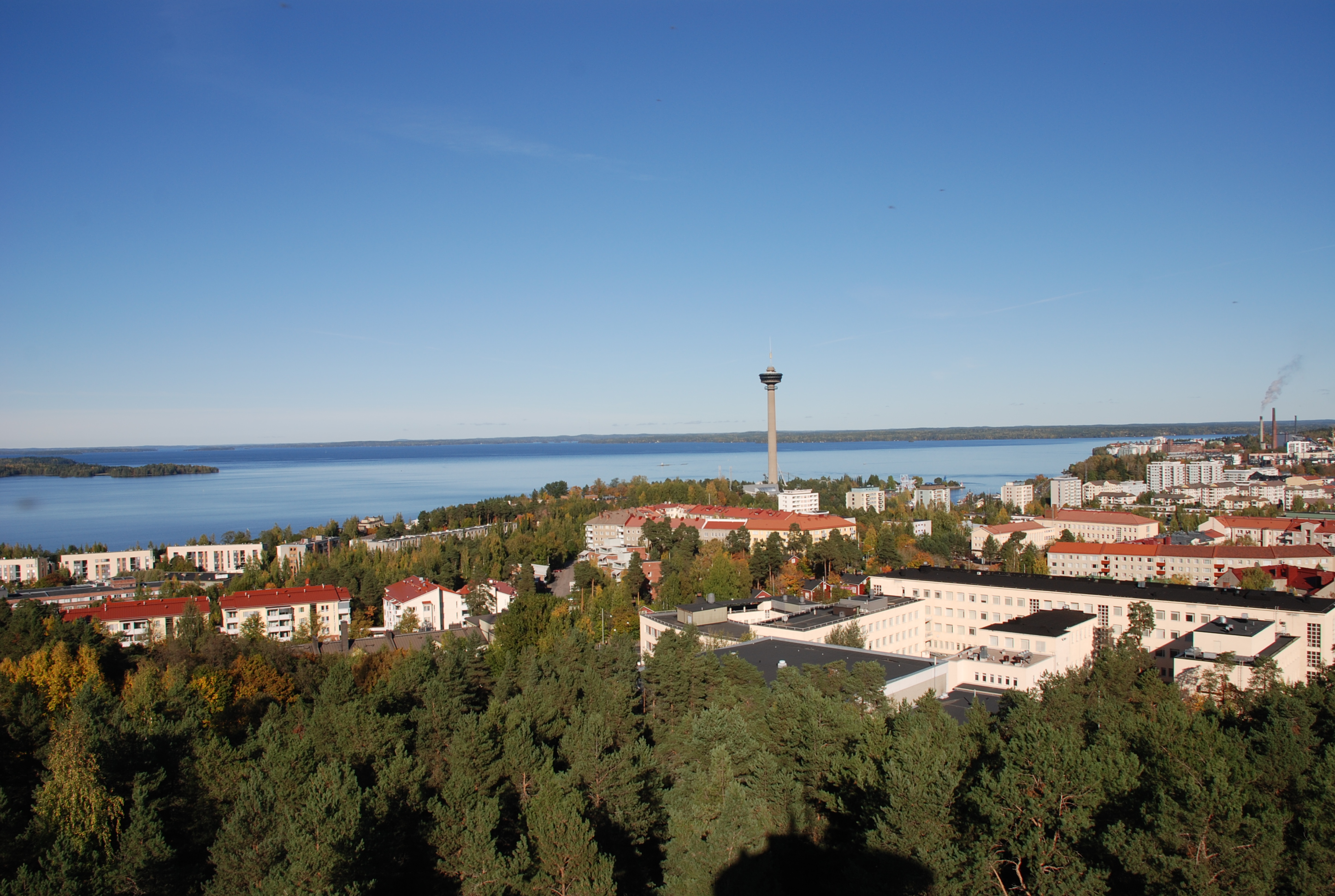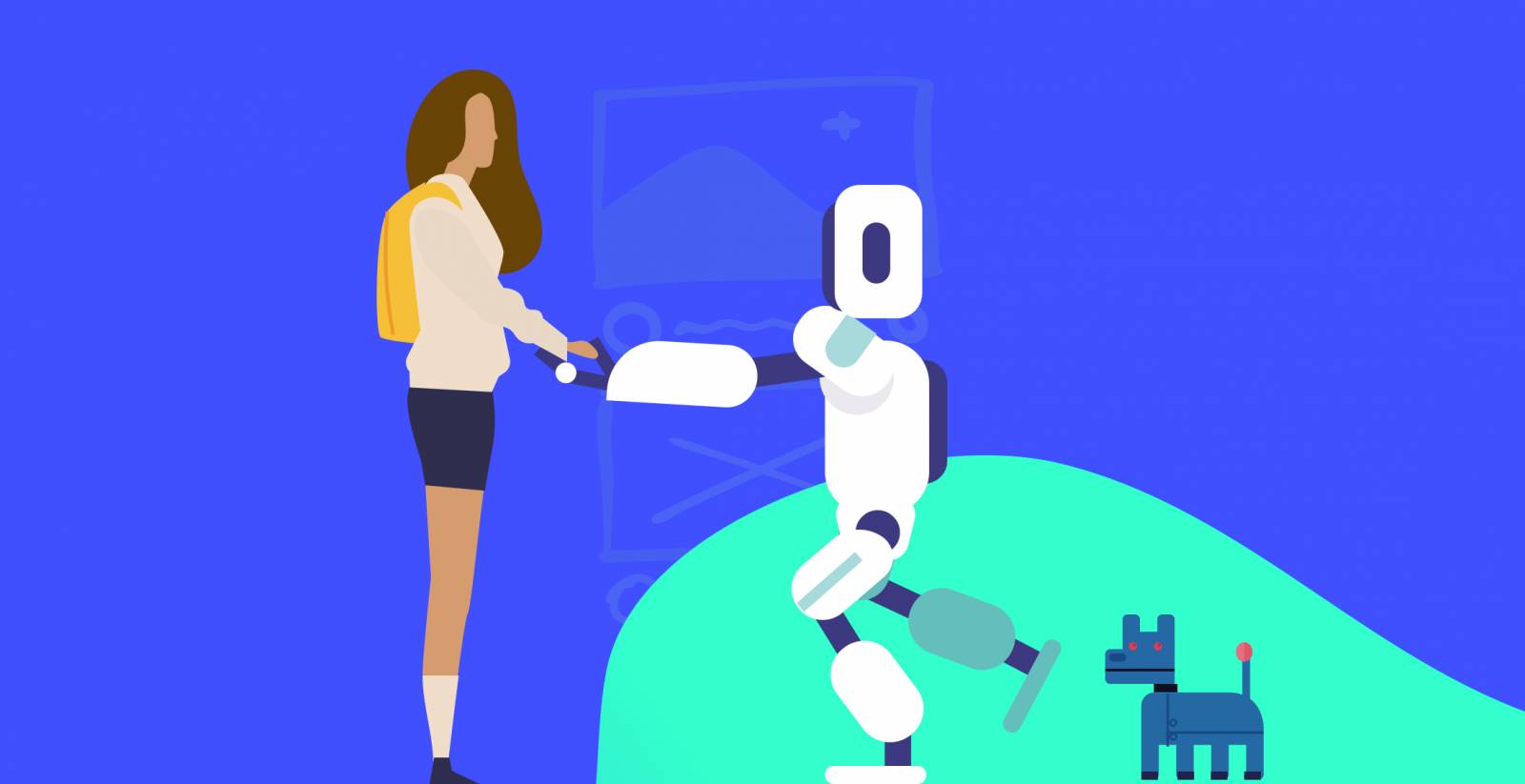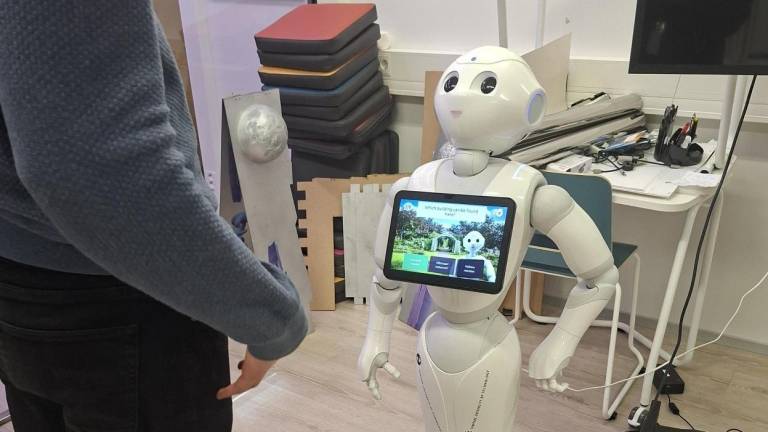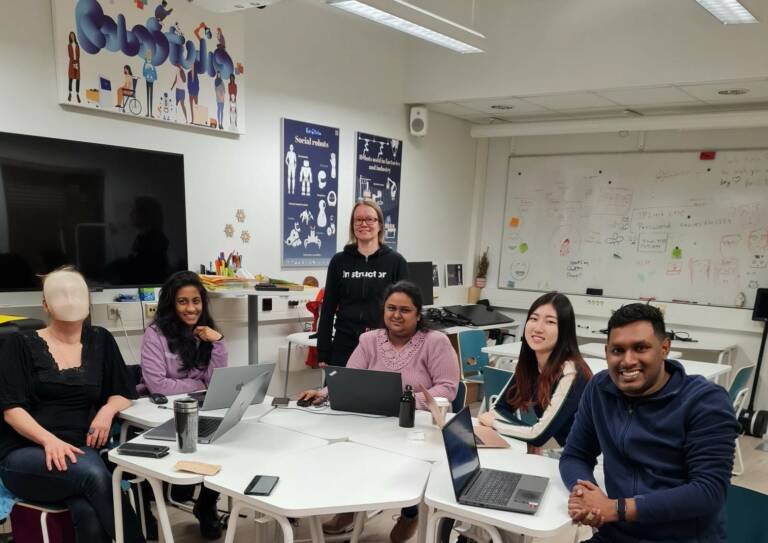Hi! I am Valentina, born in Colombia, a beautiful tropical country in South America!
During my time in advertising, I worked first on understanding why people use digital technologies. Second, designing compelling communication strategies so brands can deliver their messages. The creative industry is fun, fresh, and move fast. However, I never felt fulfilled. One day, I leave everything behind, took a sabbatical year, traveling around the world and looking for a light or some kind of clue in how to continue with my professional life.
The detail in how I ended in Finland is as many foreigners related to love. Once in Finland, I discovered the Master program Human-Technology Interaction at Tampere University. I applied, and surprisingly, I realized that knowledge in branding and communication can be beneficial when designing user experiences. The moment that made the real click, that universal sign I was waiting for, was in one lecture on the course Psychology of pervasive computing. It was introduced to us a Nao Robot that guided a Tai-chi session in the middle of the classroom. It took 5m to fall in love with robots. After that, I decided to do my Master’s thesis with social robots as well.
 For my Master’s thesis, I created scenarios and design implications for a culturally aware social robot supporting Arab immigrants when arriving at their new culture. I studied the immigrants’ needs, finding that social isolation, guidance in everyday tasks, and language practicing are the most urgent necessities. Inspired by how other populations are being supported by social robots, I designed the scenarios where social robots can fulfill those needs in similar areas. I created interactions in which the robot behaves empathetic, warm, and talkative with the users. My goal was that the users recognized the robot’s behavior as something similar to their culture. Even though I face multiple limitations, starting with my lack of knowledge in programming and the difficulties of accessing the targe group, I implemented basic scenarios and got very interesting findings. For instance, users felt that most of the robot behaviors were culturally adapted, and they were very willing to have a robot assisting while shopping or practicing the local language. Nevertheless, ethical concerns such as the replacement of humans appear as something to consider.
For my Master’s thesis, I created scenarios and design implications for a culturally aware social robot supporting Arab immigrants when arriving at their new culture. I studied the immigrants’ needs, finding that social isolation, guidance in everyday tasks, and language practicing are the most urgent necessities. Inspired by how other populations are being supported by social robots, I designed the scenarios where social robots can fulfill those needs in similar areas. I created interactions in which the robot behaves empathetic, warm, and talkative with the users. My goal was that the users recognized the robot’s behavior as something similar to their culture. Even though I face multiple limitations, starting with my lack of knowledge in programming and the difficulties of accessing the targe group, I implemented basic scenarios and got very interesting findings. For instance, users felt that most of the robot behaviors were culturally adapted, and they were very willing to have a robot assisting while shopping or practicing the local language. Nevertheless, ethical concerns such as the replacement of humans appear as something to consider.
During my Master’s, I also had the opportunity to travel to Japan to wor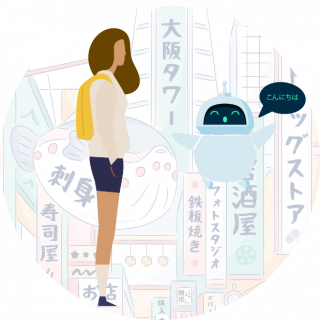 k as a research assistant in the GV Lab at Tokyo University of Agriculture and Technology. There I worked in collaboration with other designers and engineers in research related to Human-robot interaction. One of the most exciting projects is still going on. In partnership with the University of Tsukuba, we are creating the shape of a huggable interface through a human-centered design process.
k as a research assistant in the GV Lab at Tokyo University of Agriculture and Technology. There I worked in collaboration with other designers and engineers in research related to Human-robot interaction. One of the most exciting projects is still going on. In partnership with the University of Tsukuba, we are creating the shape of a huggable interface through a human-centered design process.
This December, I joined the research group of Human-Centered Technology (IHTE), where I am working under Aino Ahtinen’s supervision. I will be assisting in creating tools for Human-robot interaction design and developing the full online version of the UX Robotics course in collaboration with FiTech, among many other exciting projects related to robots!
This is it. I hope you enjoy the story of my career shifting.
Written by Valentina

